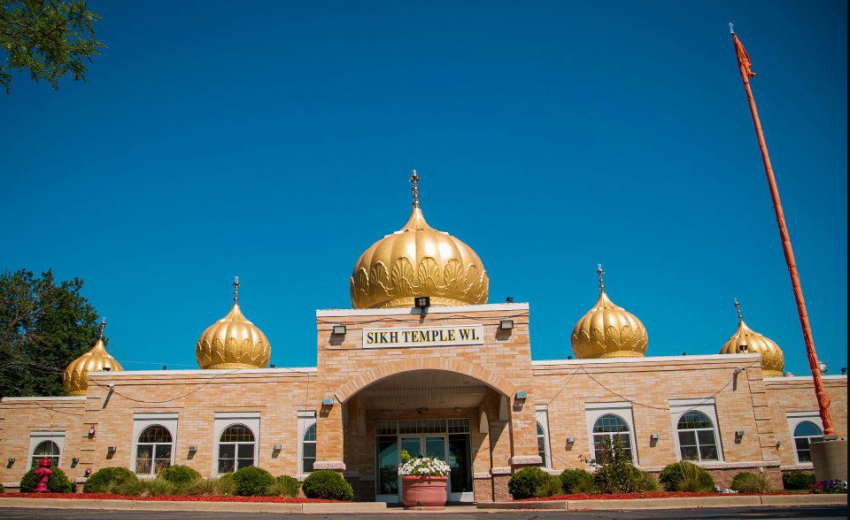Eleven years have passed since the fateful day when a white supremacist unleashed an act of hatred and violence upon the Oak Creek Gurdwara in Wisconsin, forever altering the lives of the Sikh community and sending shockwaves through the nation. The Oak Creek Gurdwara shooting remains one of the darkest chapters in American history, marking the worst act of violence against Sikhs in the United States. Yet, amid the pain and sorrow, a resilient spirit has emerged, as the Oak Creek Gurdwara continues to rebuild, heal, and foster unity. As a British Sikh, with family who lived in Oak Creek at the time, it is a time I will never forget. As I visited the Oak Creek Gurdwara on the 11th anniversary of that tragic day, I was met with a sense of both solemn reflection and unwavering hope, witnessing the remarkable journey of transformation that has unfolded over the past decade.
The Oak Creek Gurdwara stands as a symbol of resilience, a place where faith and community intersect. On that tragic day in August 2012, a sacred place meant for worship and reflection became a scene of unimaginable horror. However, the Oak Creek Sikh community’s response to this tragedy has been nothing short of inspirational. The gurdwara has been rebuilt, not just as a physical structure but as a testament to the strength of spirit that refuses to be broken.
One of the most remarkable aspects of the Oak Creek Gurdwara is its ongoing commitment to welcoming all individuals, regardless of their background or beliefs in line with Sikh founding principles despite this tragedy. The Sikh faith emphasizes the importance of seva (selfless service) and sangat (community), and this spirit is palpable within the gurdwara’s walls. Visitors are greeted with open arms, offered a warm meal in the langar (community kitchen), and invited to learn about Sikh teachings and practices. The openness and willingness to educate others about our faith is a powerful way to combat ignorance and prejudice.
In the aftermath of the tragedy, the Oak Creek Sikh community-initiated dialogues with various faith groups and civic society to foster understanding and unity. These conversations have led to the establishment of lasting connections and collaborations and have made their way as far as the Capitol Building in Washington DC, therefore having influence far outside of Oak Creek and Wisconsin. By sharing their stories, struggles and aspirations, the Sikh community has shattered stereotypes and built bridges of empathy and support. This interfaith engagement has become a beacon of hope, reminding us that even in the face of darkness, the power of dialogue can illuminate the path towards healing.
To prevent future acts of violence rooted in ignorance, the wider Sikh community need to undertake more outreach by making education a cornerstone of our efforts. We need to actively engage with local schools, colleges, as well as community organizations and wider civil society, to spread awareness about Sikhi and combat misconceptions. By embracing education as a tool for change, it should create a more informed and empathetic society that is less likely to perpetuate hate.
As I walked through the Oak Creek Gurdwara, I was struck by heartfelt tributes to the victims of the 2012 shooting. Their portraits and stories are a reminder of the lives lost and the families forever affected by that tragic day. Yet, these memorials also serve as a reminder of the resilience of the Sikhs, or being in Chardi Kala as we know it. Rather than succumbing to fear, they have chosen to honor the memories of their loved ones by standing strong and working towards a more inclusive society.
Visiting Oak Creek Gurdwara 11 years after the white supremacist attack was a journey of mixed emotions – from sorrow to hope, from grief to admiration. The tragedy that unfolded within its walls will never be forgotten, but neither will the community’s response of unity, resilience, and hope. The Oak Creek Gurdwara stands as a testament to the power of faith, love, and education to overcome hatred and ignorance. It reminds us that even in the darkest of times, light can be found through compassion, understanding, and the unwavering spirit of those who refuse to be defined by tragedy.

